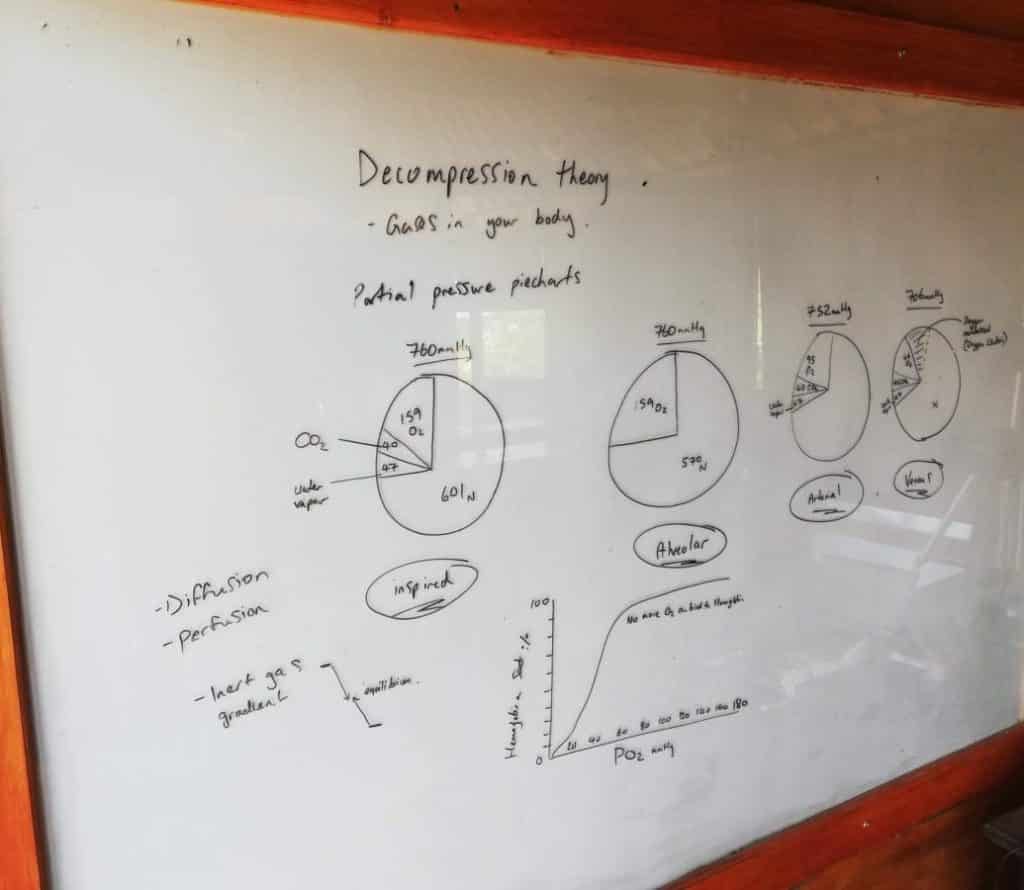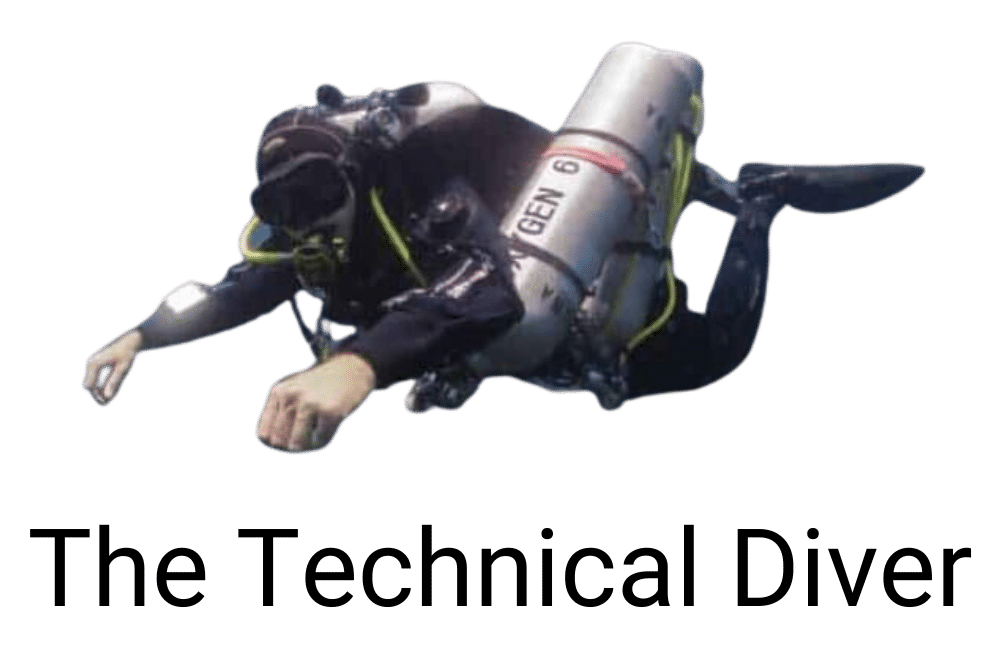Decompression theory articles

Articles About Decompression Theory
Decompression theory is a complicated topic that is poorly understood. Our current understanding has been compared to measuring with a micrometre, marking with chalk, and cutting with an axe. This is because the human body is so complicated, and no two bodies are exactly the same. But all the while researchers are slowly and deliberately chipping away to gain a better understanding, and a better understanding means putting in place diving practices that will lower the risk of decompression illness and other diving injuries.
For a diver at any level, the place to start is Mark Powell’s “Deco for Divers”. It took me 2 or 3 readings from cover to cover before I was able to go into detail in my decompression procedures courses without having to reference it. You can find more information about Deco for Divers here.
Another useful book is “Scuba Physiological” by Simon Pridmore. Although it’s more about diving physiology, it gives you a good idea of what researchers of decompression theory are up against. You can find more information about Scuba Physiological here.
Below you’ll find numerous articles that go into detail about M-values, deep stops, diving algorithms, and gradient factors. They give a good overview of what your dive computer is trying to achieve during a dive. and make you think about ascent profiles and optimal ascent speeds, which is certainly no bad thing in the world of 18m/min (30ft/min).
If you know of any articles that are missing but should be in here, let me know.
General articles
Evolving thought on deep decompression stops- John Adsit, PADI blog
Decompression theory- Undersea medical society
Modern decompression algorithms- Bruce Wienke
Decompression theory- Bruce Wienke
Understanding M-values- Erik Baker
Clearing up the confusion about “deep stops”- Erik Baker
Deep stop study – US Navy Experimental Diving Unit
Decompression theory- Undersea medical society
Proceedings of the validation of dive computers workshop- Rubicon
Dive profile study- Steve Burton, Mark Ellyatt
Review of deep stops- Shearwater research
Eliminating the helium penalty- Shearwater research
Decompression, Deep Stops and the Pursuit of Precision in a Complex World- GUE
Gas exchange partial pressure gradients and the oxygen window- Johhny E. Brian, University of Iowa College of Medicine
Explanation of Buhlmann’s ZH-L16 Algorithm- Paul Chapman
Ceiling-controlled versus staged decompression: comparison between decompression duration and tissue tensions- Sergio A Angelini, Lorenzo Tonetto, and Michael A Lang, Diving & Hyperbaric Medicine.
Gradient factors
Gradient factors, a simplified primer- Doppler’s tech diving blog
Gradient factors- Matti Anttilla, Ph.D.
Flexible control of decompression stress- Dr Neil Pollock, Shearwater blog
Gradient factors- Dr Neil Pollock, Divers Alert Network
Gradient factors in a post-deep stops world- Professor David Doolette, inDepth Magazine
